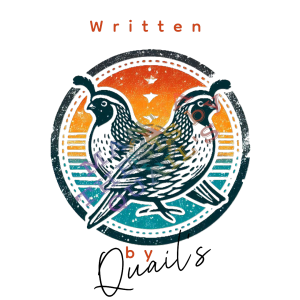
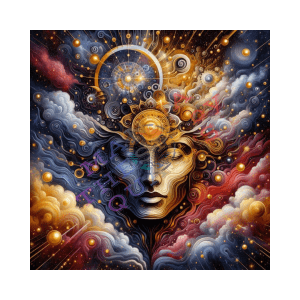
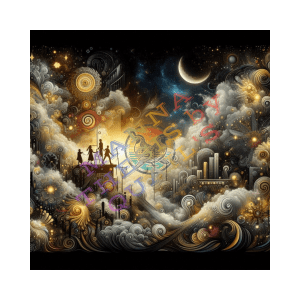
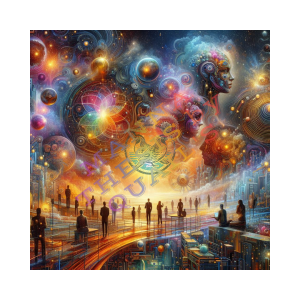

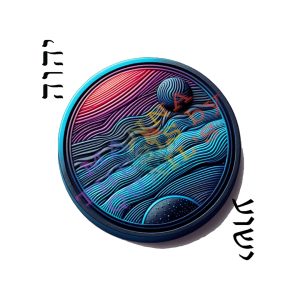
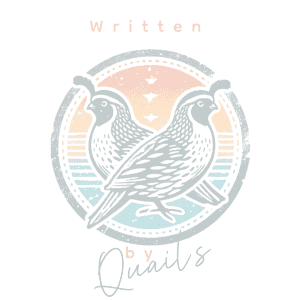
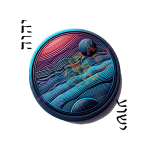
The Dawn of AI:
A New Era of Creativity
The Genesis of Artificial Intelligence –
Artificial Intelligence (AI) has its roots deeply embedded in the annals of history, tracing back to the mid-20th century. The term “Artificial Intelligence” was first coined by John McCarthy in 1956 during the Dartmouth Conference, a seminal event that marked the birth of AI as a field of study. Early AI research was characterized by ambitious goals and rudimentary technology, with pioneers like Alan Turing and Marvin Minsky laying the groundwork for future advancements. Turing’s seminal paper, “Computing Machinery and Intelligence,” introduced the concept of the Turing Test, a criterion for determining whether a machine can exhibit intelligent behavior indistinguishable from that of a human. This period was marked by the development of basic algorithms and the first attempts at machine learning, setting the stage for the exponential growth that would follow.
Evolution Through Decades –
The evolution of AI can be divided into distinct phases, each marked by significant technological advancements and paradigm shifts. The 1960s and 1970s saw the development of symbolic AI, where researchers focused on creating systems that could manipulate symbols and solve problems using logical reasoning. However, the limitations of symbolic AI became apparent, leading to the emergence of machine learning in the 1980s and 1990s. This era was characterized by the development of neural networks and the advent of statistical methods, which allowed machines to learn from data and improve their performance over time. The turn of the millennium brought about the era of big data and deep learning, where vast amounts of data and increased computational power enabled the creation of highly sophisticated AI models. Today, AI is an integral part of our daily lives, powering everything from virtual assistants to autonomous vehicles.
AI’s Impact on Human Creativity –
The advent of AI has had a profound impact on human creativity, challenging traditional notions of what it means to be creative. AI systems are now capable of generating art, music, literature, and even scientific discoveries, often surpassing human capabilities in terms of speed and efficiency. For instance, AI-generated art has gained significant recognition, with works created by algorithms being sold at prestigious auction houses. Similarly, AI-generated music has found its way into mainstream media, with compositions that are indistinguishable from those created by human musicians. This has led to a reevaluation of the role of human creativity, as AI systems are increasingly seen as collaborators rather than mere tools. The symbiotic relationship between humans and AI has the potential to unlock new realms of creativity, pushing the boundaries of what is possible.
Ethical Considerations and Challenges –
The rise of AI in the creative domain has also raised important ethical considerations and challenges. One of the primary concerns is the issue of authorship and ownership. When an AI system generates a piece of art or music, who owns the rights to that creation? This question has significant implications for copyright law and intellectual property rights. Additionally, there are concerns about the potential for AI to perpetuate biases and stereotypes, as these systems are often trained on data that reflects existing societal prejudices. Ensuring that AI systems are transparent, fair, and accountable is crucial to addressing these challenges. Furthermore, there is the question of the impact of AI on employment, as automation and AI-driven technologies have the potential to displace human workers in creative industries.
“Quail:”
Reflecting on the Future –
“As we stand on the cusp of a new era of creativity, it is essential to reflect on the implications of AI’s rise. The integration of AI into the creative process has the potential to democratize creativity, making it accessible to a broader audience. However, it is also important to recognize the limitations of AI and the unique qualities that human creativity brings to the table. While AI can generate impressive works of art and music, it lacks the emotional depth and personal experiences that are intrinsic to human creativity. As we move forward, it is crucial to strike a balance between leveraging the capabilities of AI and preserving the essence of human ingenuity. The future of creativity lies in the harmonious collaboration between humans and machines, where each complements the other’s strengths and weaknesses.”


